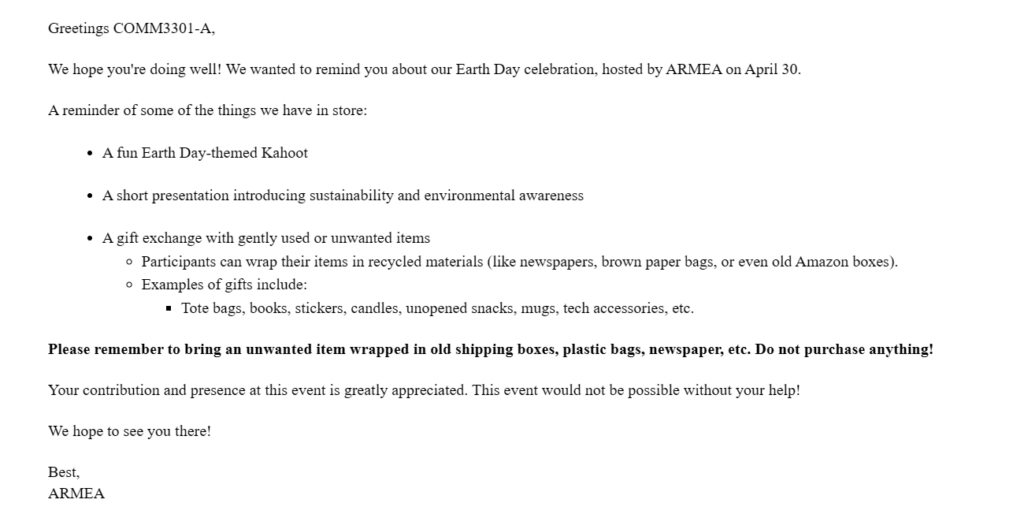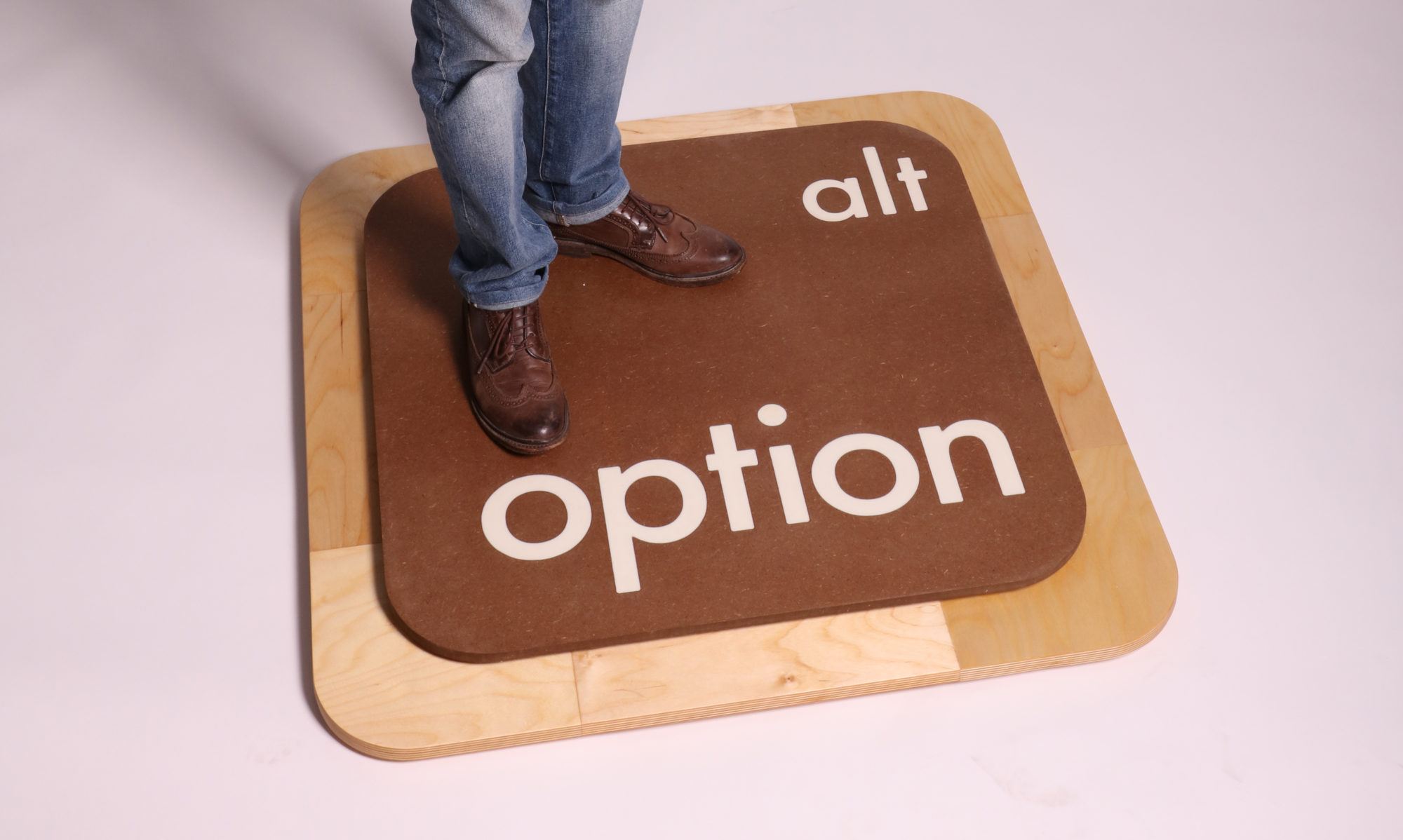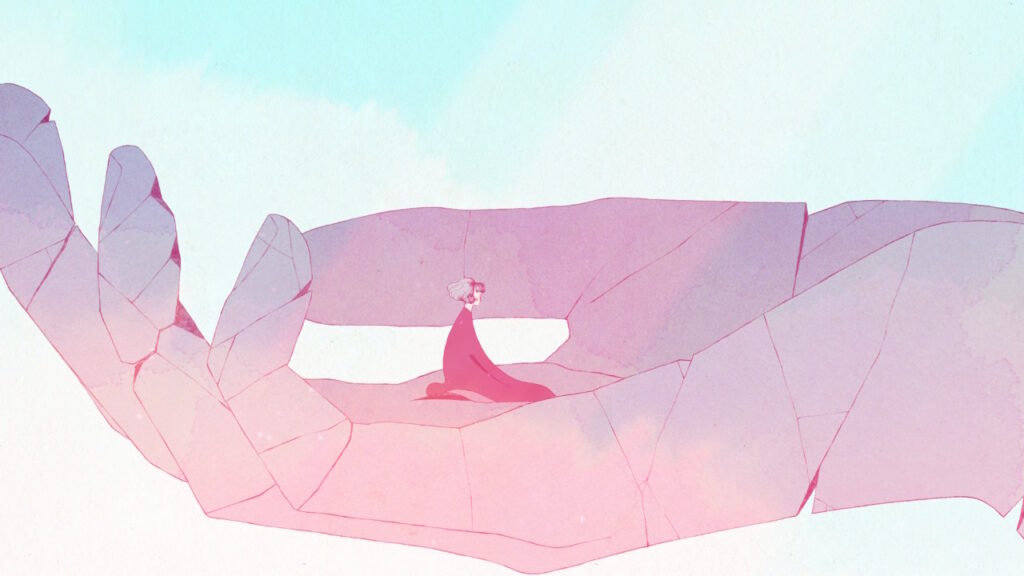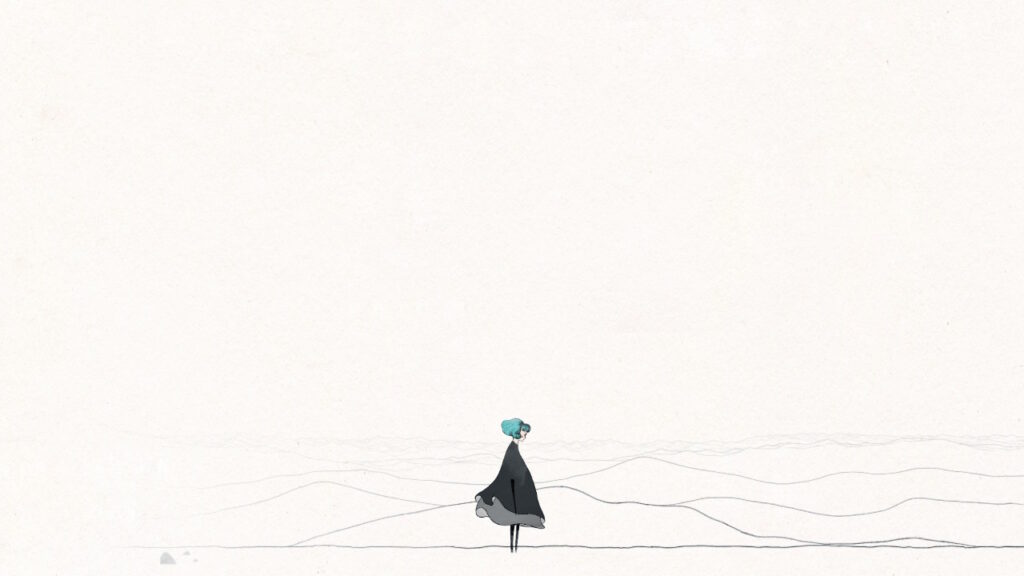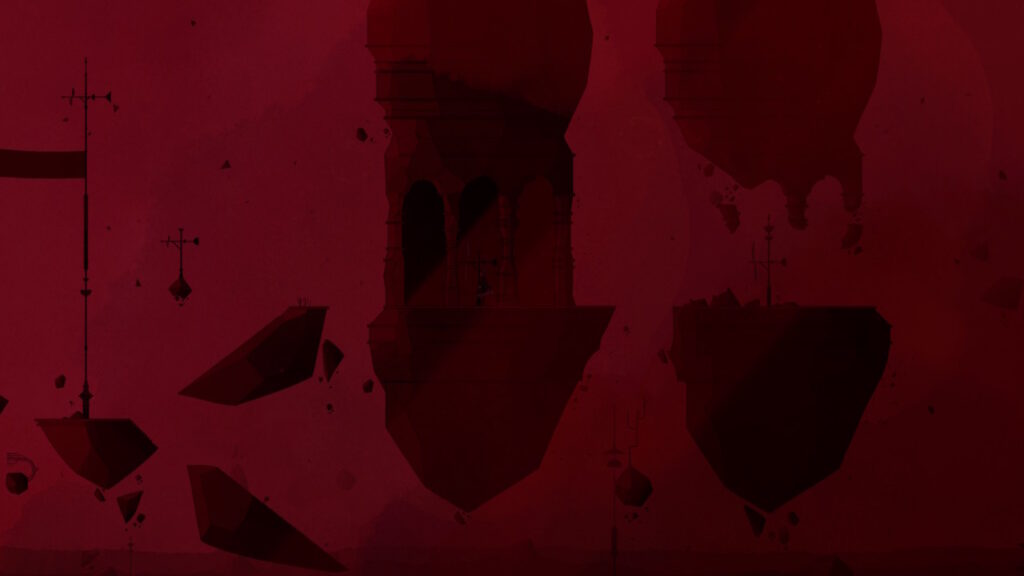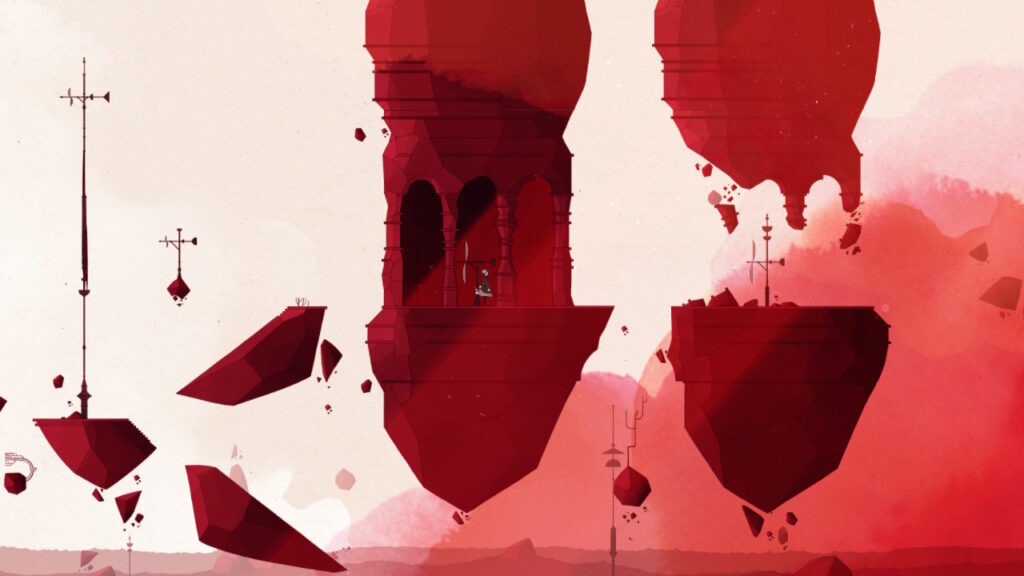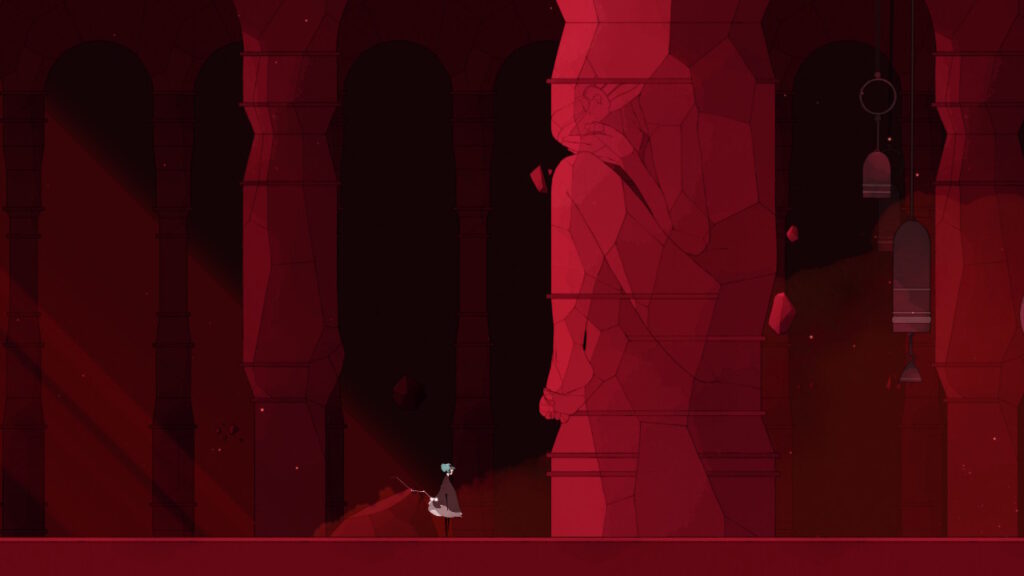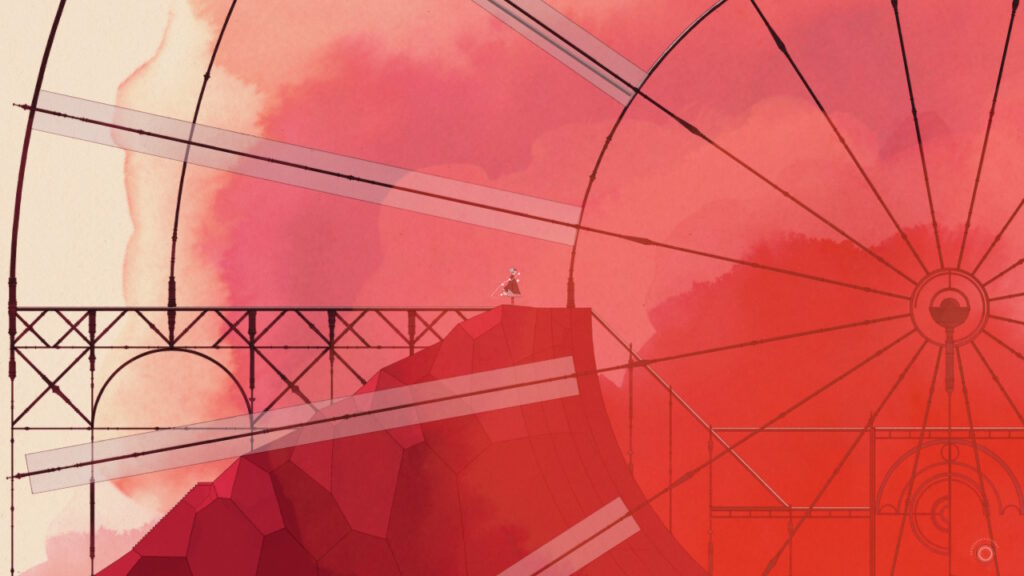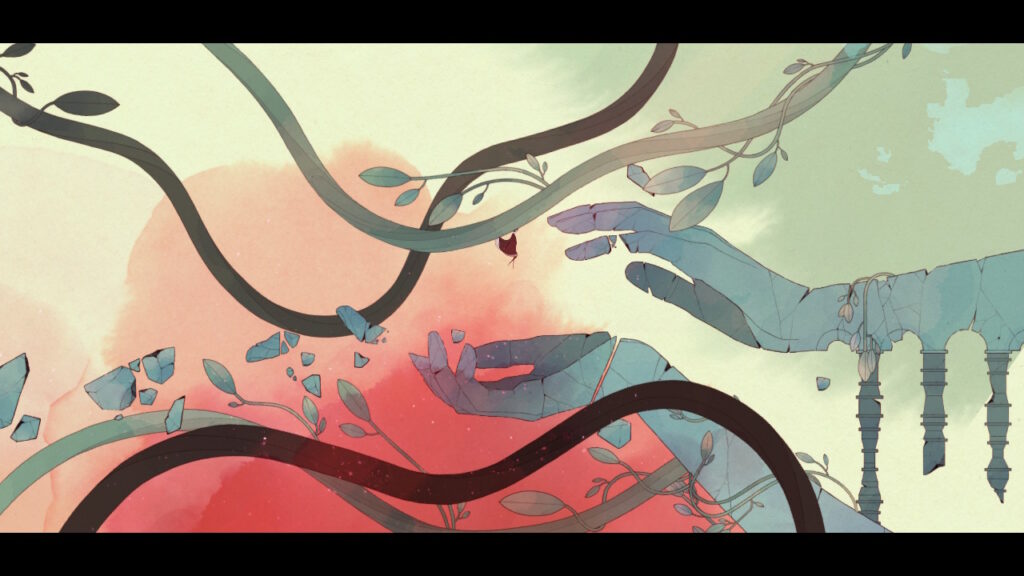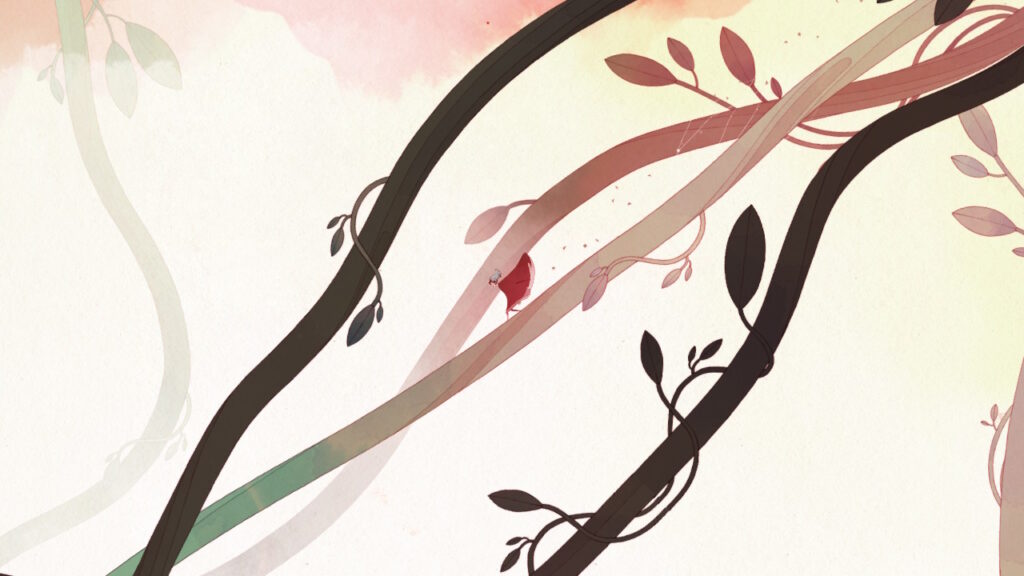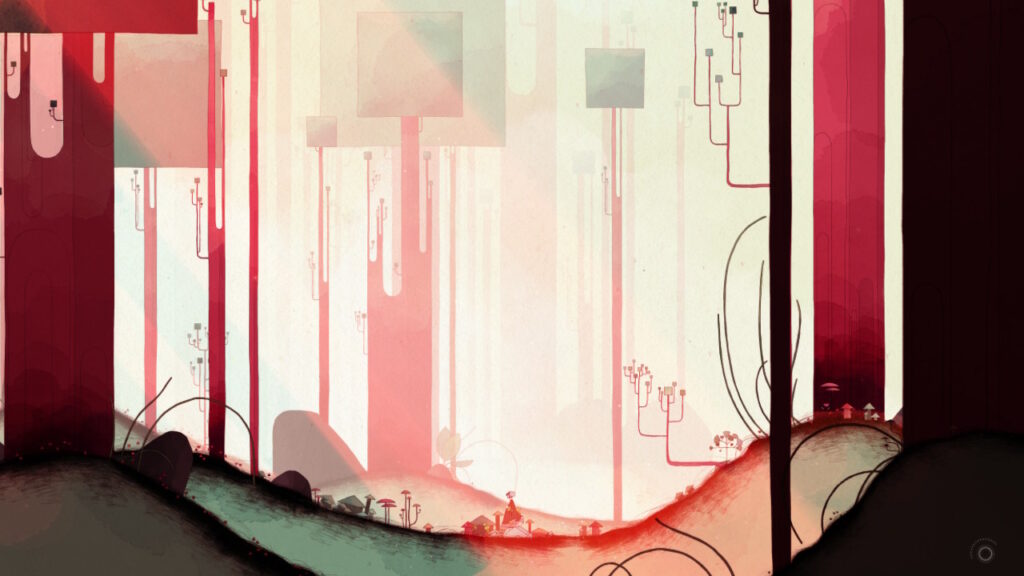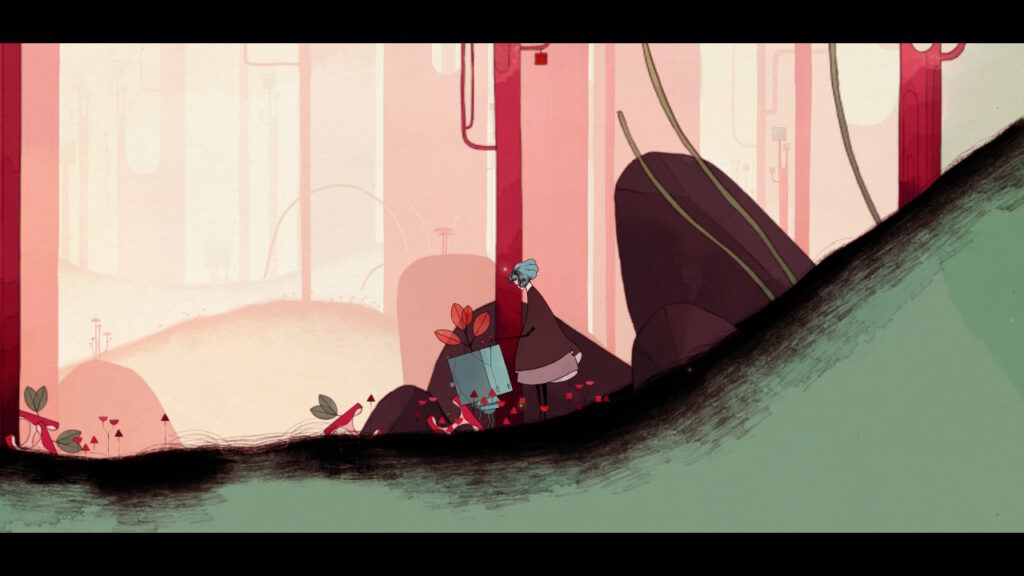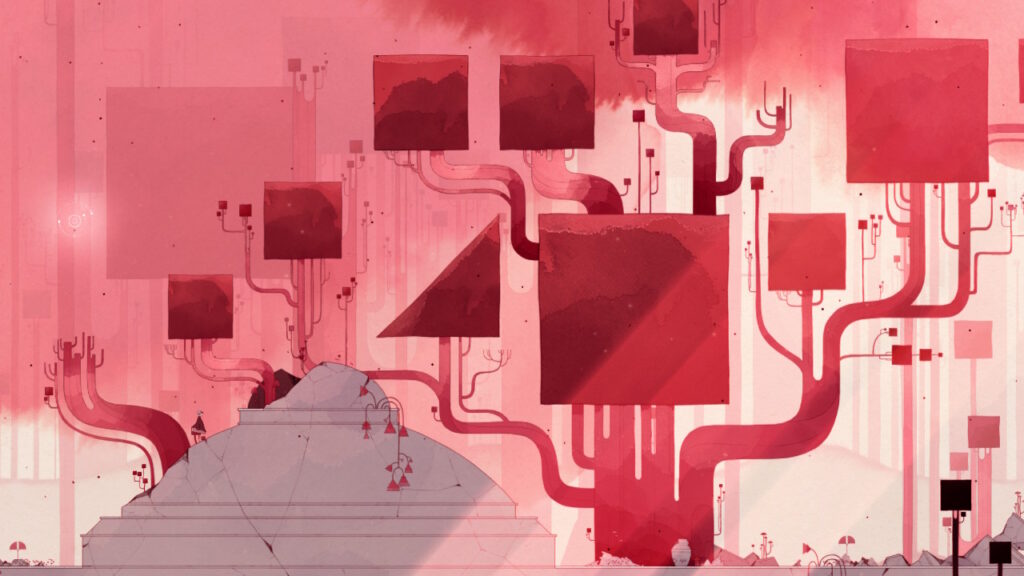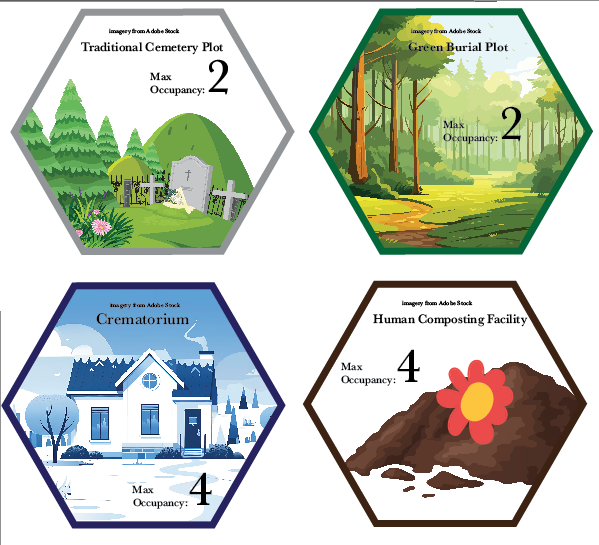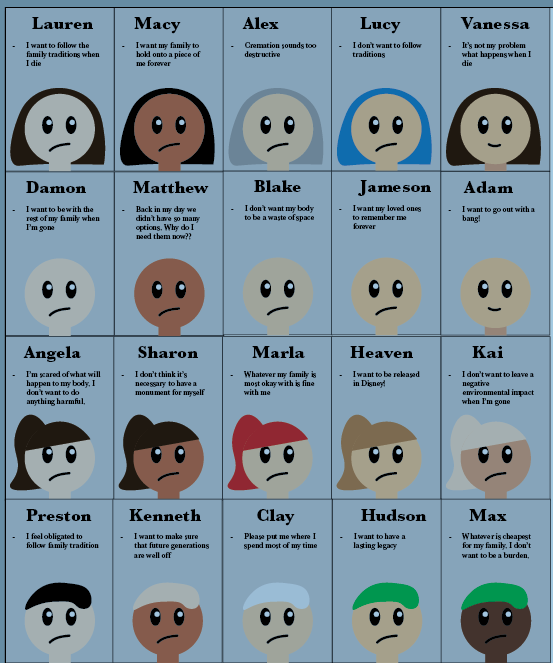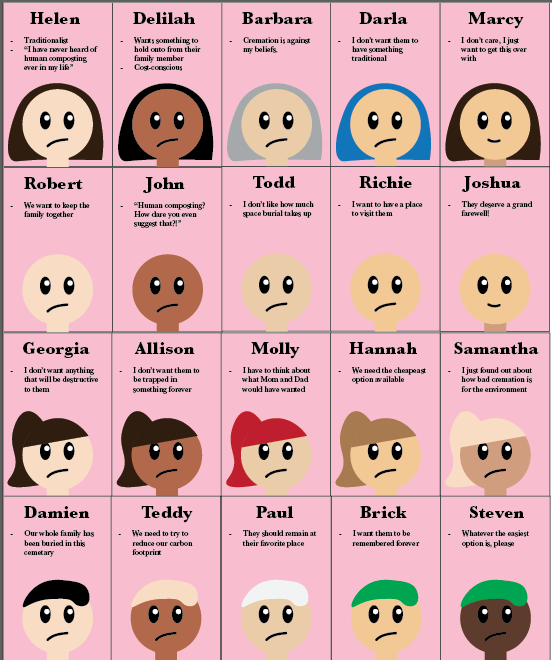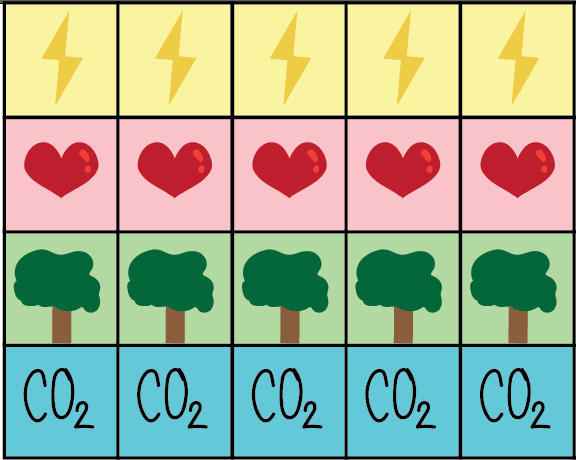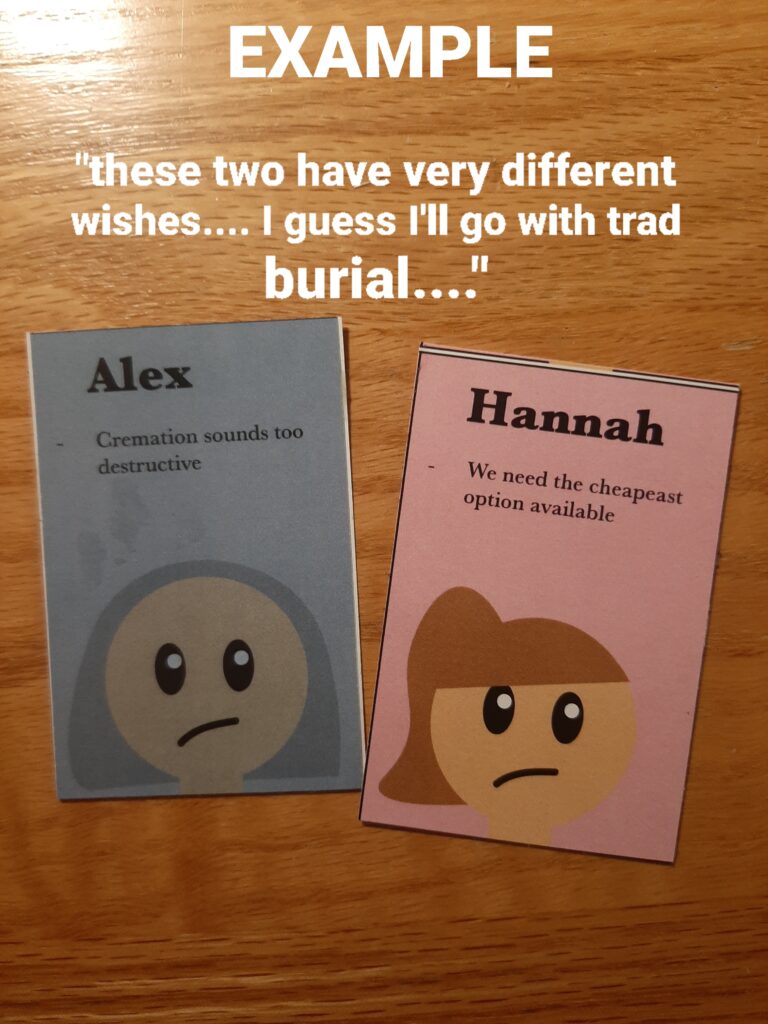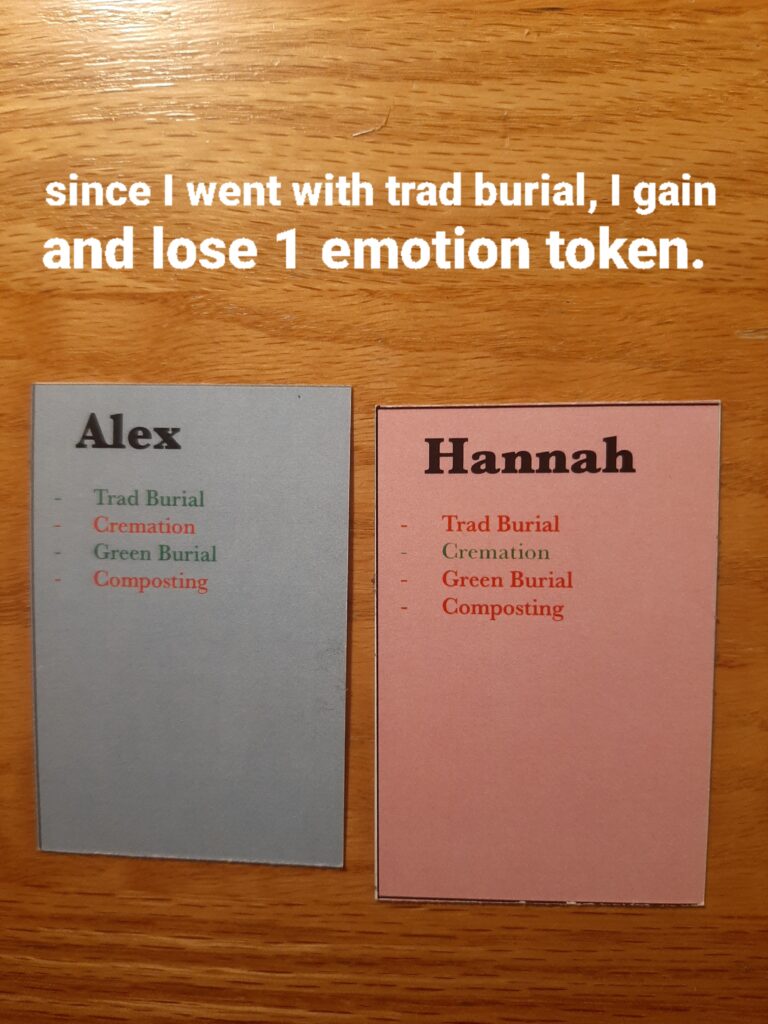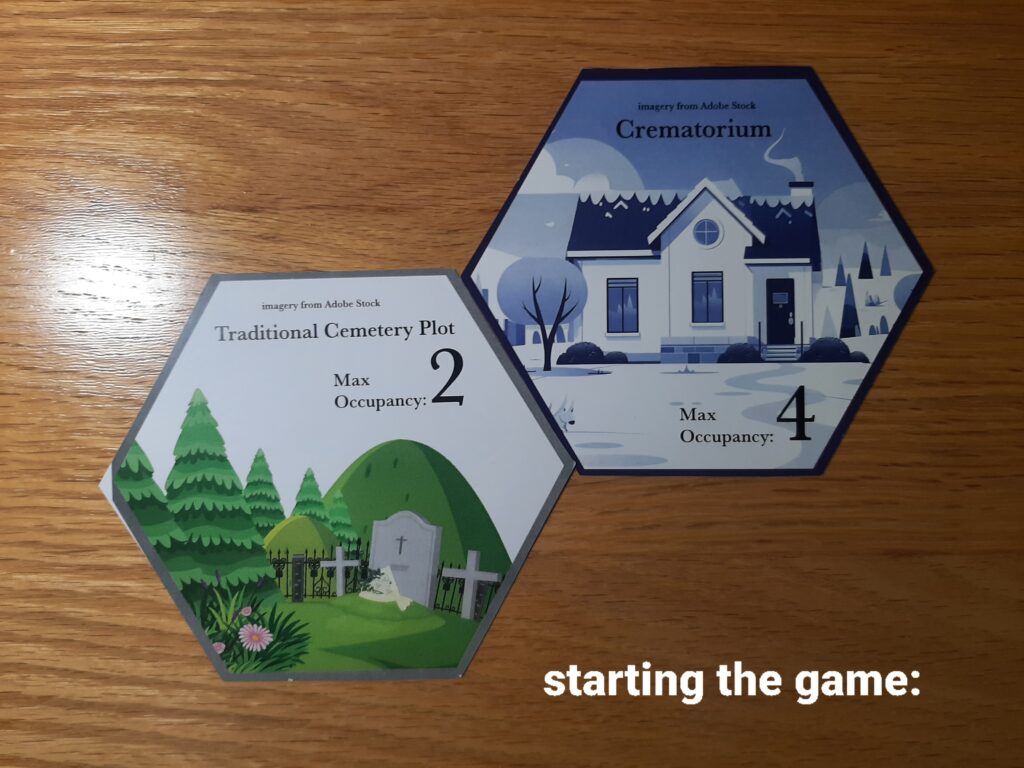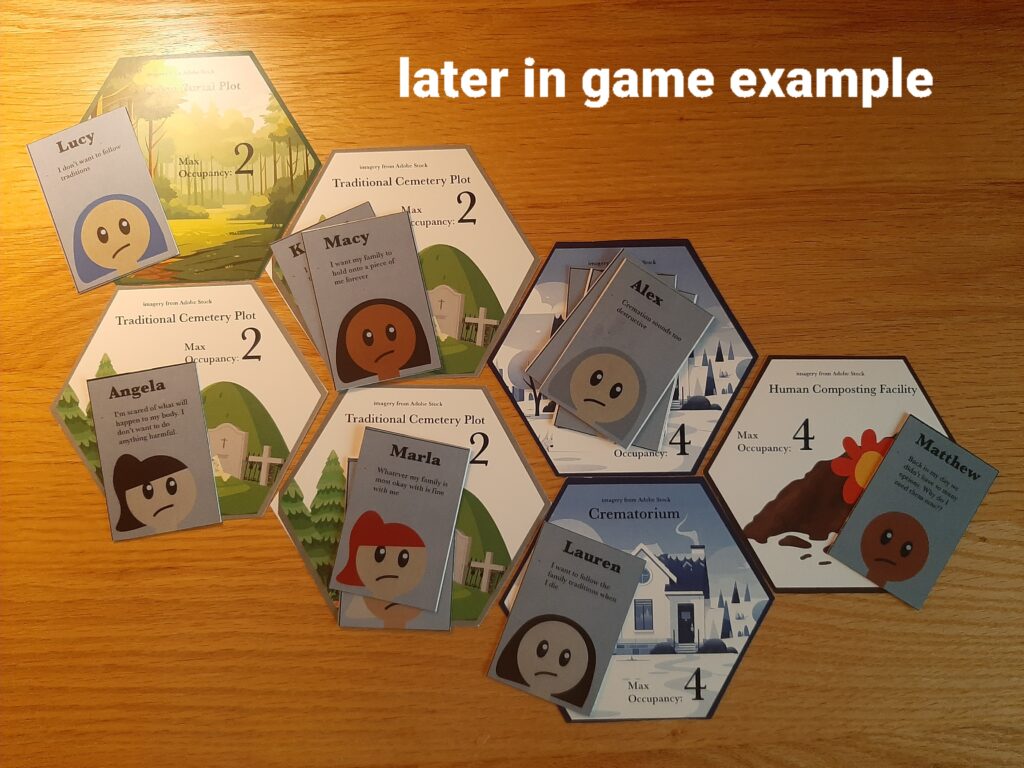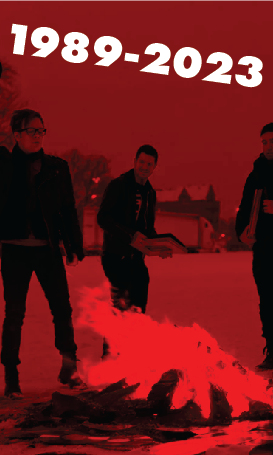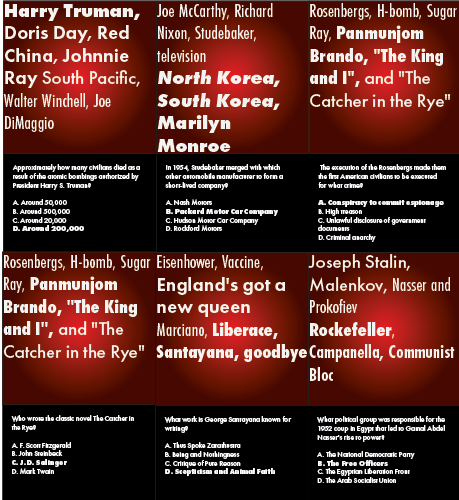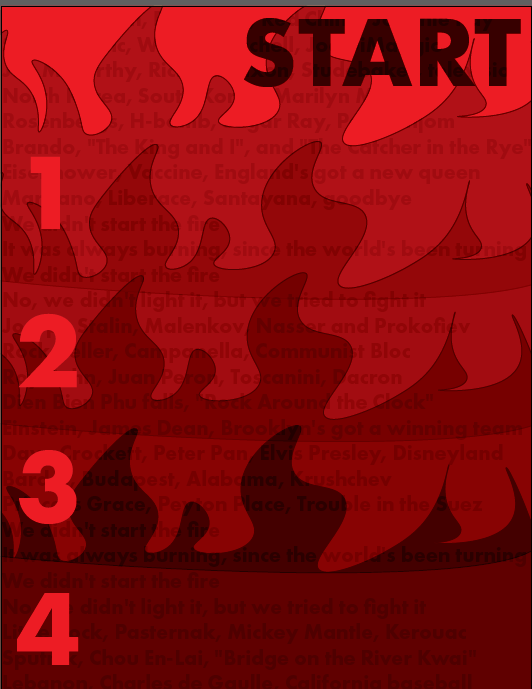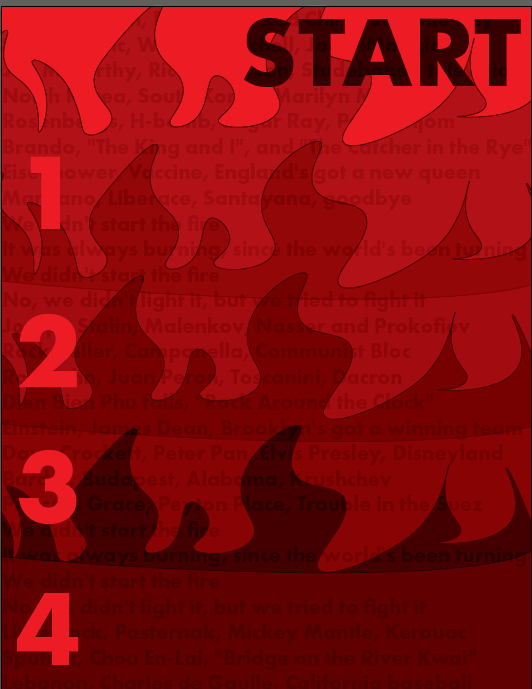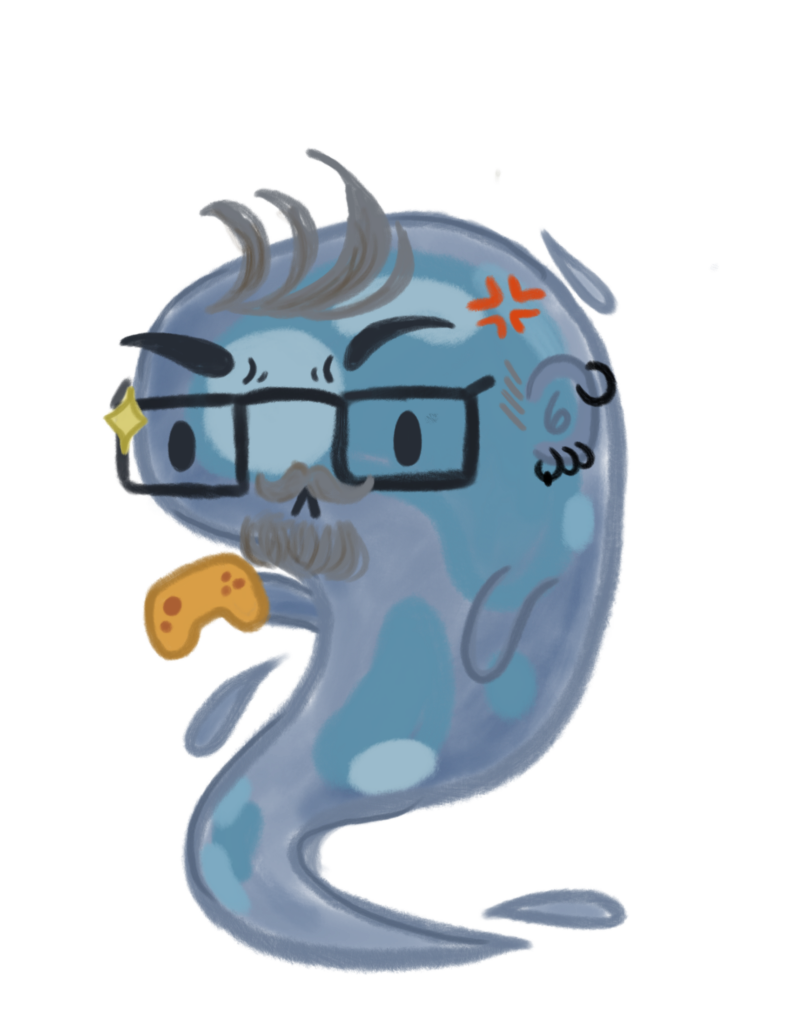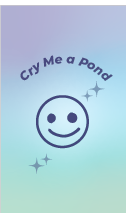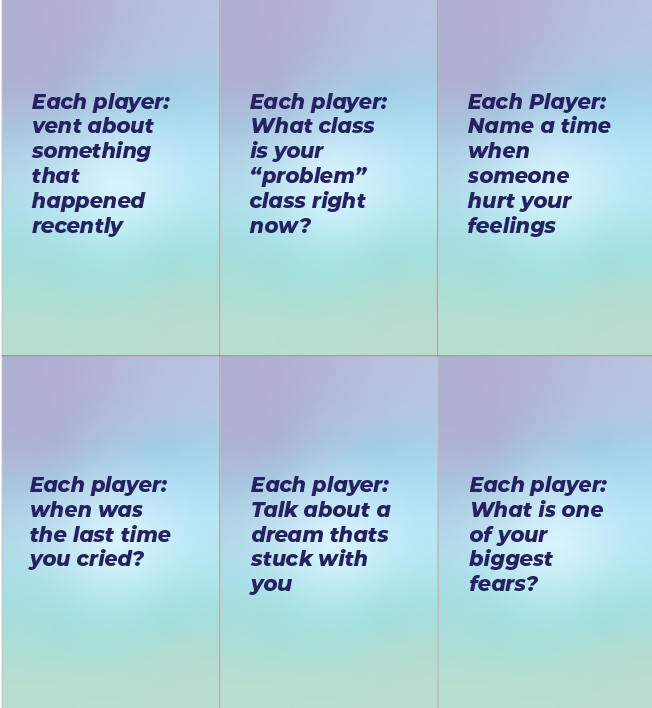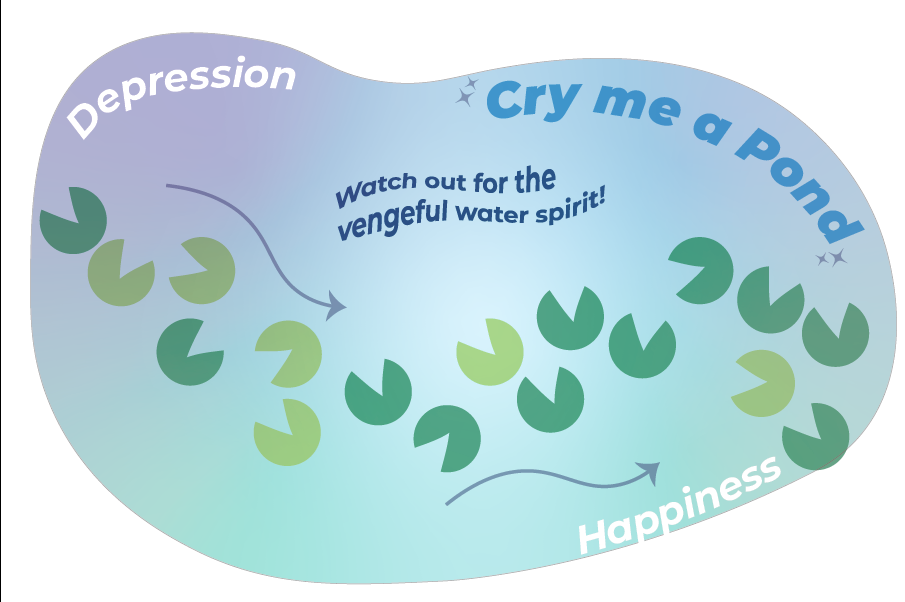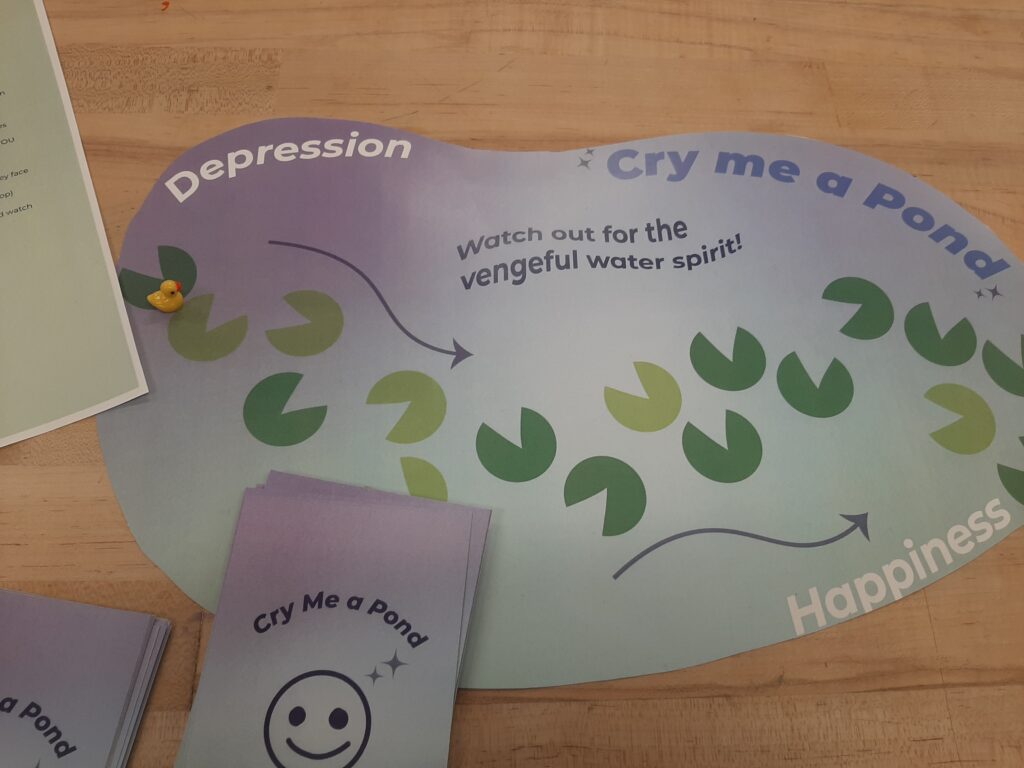Short Summary
This game was for my Writing and Pr Class. We needed to come up with a campaign and host an event for it. Our campaign was about Earth Day, preserving the environment, and sustainability. The game I decided to develop (I mostly did this part) was an unwanted item gift exchange.
This encouraged people to repurpose items that they don’t really need or want anymore and challenge modern day overconsumption. The game also sprinkled in some education and facts about Earth Day and its history.
Primary Audience: PR and Advertising Writing Class (although this game could be used for other audiences as well, mostly as an Earth Day introduction!)
Design Process & Thought Process
Iterative Design:
There wasn’t a lot of visual design associated with this game. The game was mostly something with verbal instructions, and the physical components were contributed by the players themselves in the form of gift exchange gifts. These assumed a few different forms, but mostly they were in brown paper bags because the audience forgot to bring most of their gifts. Other gifts were in old grocery bags, boxes, etc.
In the background of the game, was a slideshow that introduced the game and the idea of Earth Day, it remained in the background to help set the tone of the game.
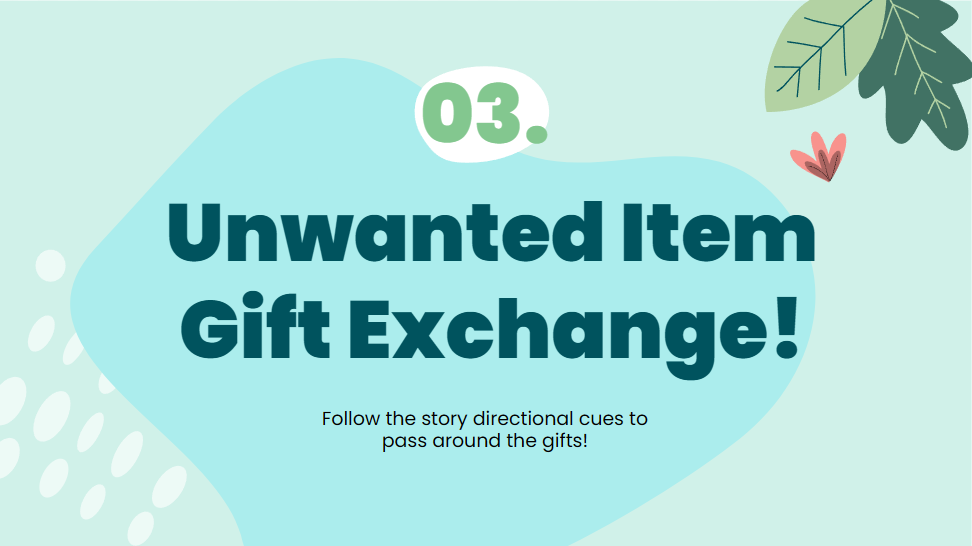
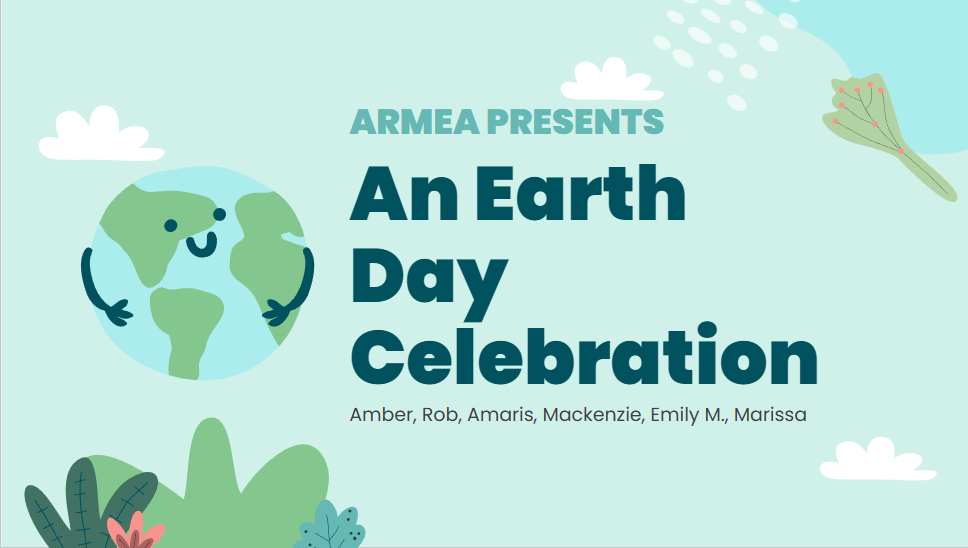
Game Mechanics:
Players gather in a circle. They are asked to listen to a story for directional cues to pass around the gifts. When you hear LEFT, pass it to your left. When you hear RIGHT, pass it to your right. When you hear REVERSE, undo your last pass. At the end of the script, players are allowed to open whatever gift landed on them in the end.
Player Goals:
To gain a better understanding of Earth Day and understand the importance of reducing overconsumption. Every player essentially “wins” with each player receiving a prize that is different than the one they brought in.
Gameplay Sequence:
BEFORE STARTING: Ask if everyone has brought an item and if they have it “wrapped” or in something concealed. If there is anyone who doesn’t have an item or have it wrapped, quickly arrange to get this sorted out.
THEN ASK: Will everyone please sit/stand/gather in a circle with their items? And follow the following story based on the directional cues. When you hear LEFT, pass it to your left. When you hear RIGHT, pass it to your right. When you hear REVERSE, undo your last pass.
AND THEN THE SCRIPT IS READ.
Game Board & Components:
A script and unwanted item gifts (contributed by the class). I also supplied some extra gifts in the event that players forgot to bring one in and another group member brought in brown paper bags to put any “unwrapped” items in.
The wrapped gift picture is a craft set that I wrapped with paper packaging filler and decorated using a ripped Trader Joe’s bag. Players were encouraged to come up with similar gifts for their contribution. Also pictured is the gift that I received from playing the game, as an example.
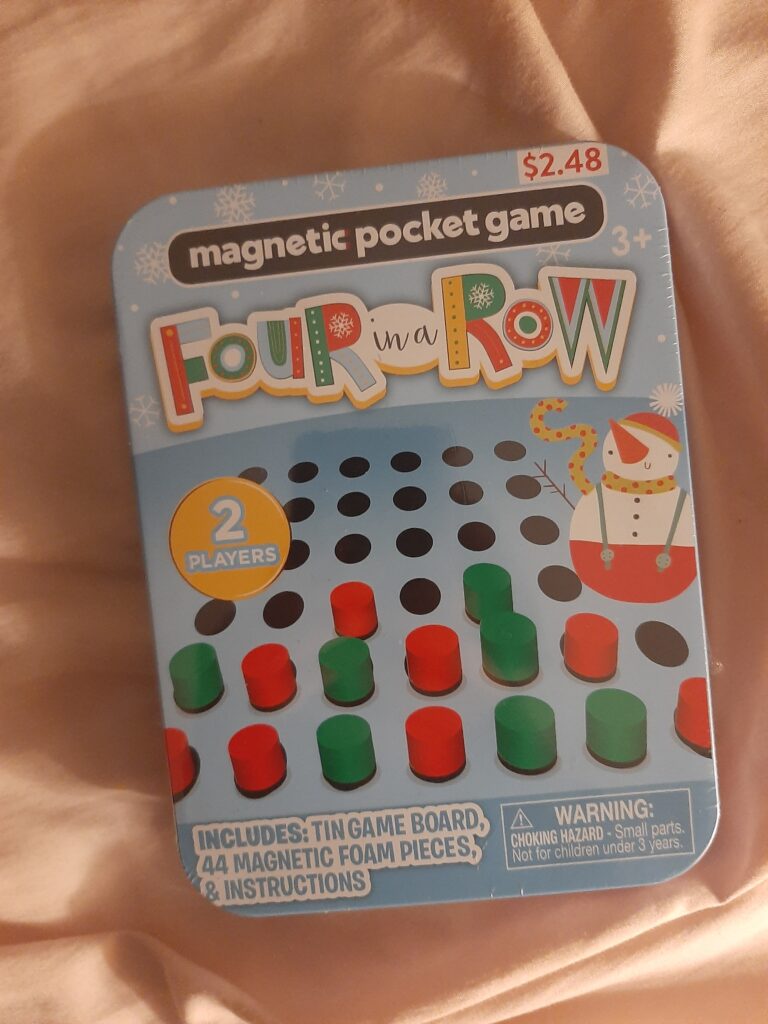

Rulebook and Playtesting
Rulebook Sample:
(rules were mostly written by Amber, with some contributions from other group members)
Playtesting Notes:
Overall, I learned that no matter how many emails you send out to a class, you can’t expect everyone to remember to bring stuff to contribute to the game. With finals and the Great RMU Blackout happening all around the same time, it was a little bit expected that not everyone would remember; however, there were about 2 people that actually remembered. Despite this, the game was still able to work, but it was mostly just with items that people had in their backpacks that they didn’t want anymore. This was luckily able to still reinforce the concept of overconsumption and sustainability.
Players seemed to receive the story and content of the script super well. With a couple people commenting that they really enjoyed it and that it was a cute idea. Players were forced to pay attention to the story so that they could listen to the directional cues, making them more engaged in the facts about Earth Day.
- What questions did your players have? Players were confused at times but the misleading directional cues. Some of the words such as “WRITER” intended to make them still pass the gifts to their right, but many people asked if they were supposed to.
- How quickly did they learn to play? They learned to play fairly quickly, although the script needed to be restarted because I don’t think everyone was fully paying attention, which is important for a game that involves a high level of observance and attention.
- What kinds of interactions did the players have? Players passed gifts back and forth to each other, which involved a lot of laughing and confusion at times when there were multiple directional cues back to back.
- What confused players? I think sometimes players got mixed up with their left and right, especially when the directional cues were so close together. It especially made it hard when a reverse was thrown in the midst, and players weren’t sure what way they needed to move to undo their last pass.
- What made players excited? Players really enjoyed opening their gifts at the end and listened to the story in anticipation of the next directional cue.
- What did your players enjoy doing? Opening gifts and passing them back and forth.
- Did any aspect of the game frustrate players? The most frustrating parts for players were the confusing directional cues such as WRITER and maybe not a slow enough pace for reading the script.
Game Reflections:
To reflect on this game, I honestly feel like this was a pretty good way to give people an introductory understanding of Earth Day and its history. I could see something like this being especially helpful at a high school level, maybe on Earth Day itself. Unfortunately, we were unable to hold our event on actual Earth Day so that is one limitation to the effectiveness of this game.
In the future, I would like to correct some of the confusing directional cues that I included such as WRITER. Or clarify that even if it is not technically RIGHT if you still hear it, you need to pass it. I would also like to make some improvements to the process of contributing gifts to the game. I like the idea of everyone bringing their own gift but in a scenario such as this, someone is always going to forget unfortunately. The pacing of telling the script is also integral to the gameplay experience and the comprehension of information. I would consider maybe a pre recorded script for this or nominating someone specific who can rehearse the script prior.
Email Promos:
